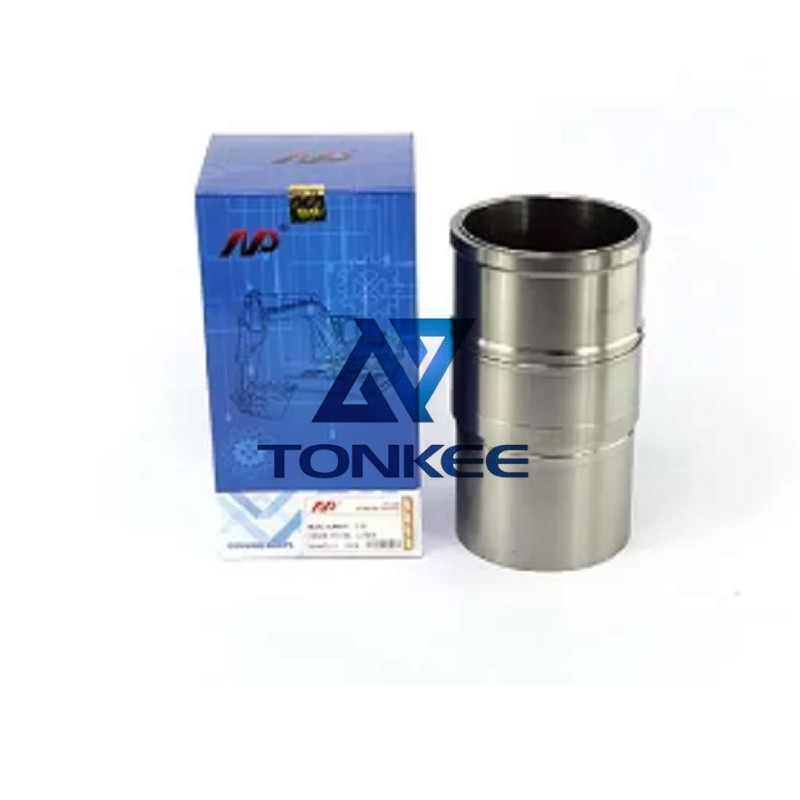
Cylinder Protection: Cylinder liners protect the engine block from the wear and tear caused by the reciprocating motion of the pistons.
This helps extend the lifespan of the engine.
Heat Dissipation: They facilitate heat dissipation, ensuring that the engine operates within the desired temperature range. Efficient heat dissipation is essential to prevent overheating and damage to the engine.
Sealing: Cylinder liners create a tight seal with the piston rings, preventing the leakage of gases and oil into the engine's crankcase.
Maintenance and Repair: In the event of cylinder wear or damage, cylinder liners can be easily replaced, reducing the need for a complete engine overhaul and saving time and money.
The specifications for cylinder liners for the 3306, C6.4, C7, C9, and C-9 excavator engines are critical to ensuring optimal engine performance and longevity. These specifications can include:
Material: Cylinder liners are typically made from cast iron, alloy steel, or other high-strength materials to withstand the stresses and temperatures generated by engine operation.
Bore Diameter: The bore diameter of the cylinder liner must precisely match the internal diameter of the engine block to ensure a proper fit and effective sealing.
Wall Thickness: The thickness of the cylinder liner's walls must meet specific standards to provide the necessary strength and heat dissipation properties.
Surface Finish: A smooth surface finish on the interior of the cylinder liner is essential for maintaining an effective seal and reducing friction between the liner and piston rings.
Installation Method: Some cylinder liners may require specific installation methods, such as dry or wet sleeves, which depend on the engine design.
Compatibility: Cylinder liners must be compatible with the 3306, C6.4, C7, C9, and C-9 engine models, ensuring a proper fit and performance.
Durability: They must be able to withstand the demanding conditions of excavator use, including high temperatures, pressure, and mechanical stress.



 English
English Русский язык
Русский язык



